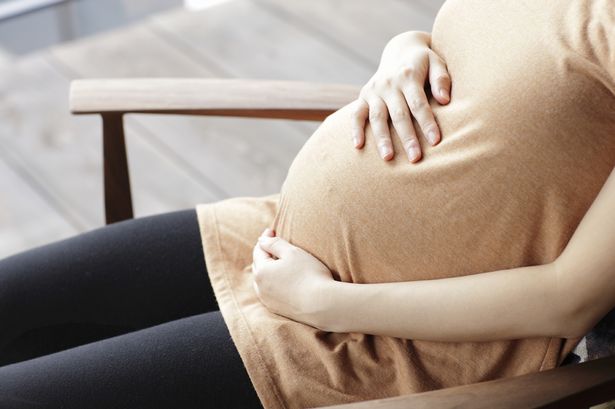
The abortion rate continues to increase in England and also the number of women from Northern Ireland who travel for a termination.
Abortion statistics for England and Wales in 2017 were published yesterday. There were 194,668 abortions carried out in 2017, an increase of 2.3% since 2016 (190,406). Of those women, 3,092 had an address in Ireland and 919 in Northern Ireland.
The abortion rate for residents in England and Wales is 16.5 every 1000 women aged 15-44, an increase from 16.0 in 2016.
Thirty-nine percent of abortions in 2017 were to women who had had one or more previous abortions. This is slightly higher than 2016 (38%), but an increase of 7 percentage points since 2007. Almost half of women aged over 35 who had an abortion in 2017 had had one or more terminations before.
Some figures are really shocking. Seventy-two women already had eight or more abortions. Twenty-one girls under 16 already had an abortion before and one other girl under 16 had two before. This means that at 15 she has had three abortions. Two girls aged 16-17 and five aged 18-19 had six abortions before.
While in the last 10 years there has been a decline in women under the age of 25 having abortions, rates for over 25 have all increased, particularly for women between 30 and 34. When we consider marital status, 82% of abortions were carried out on single women and this is a constant through the years. Only 16% were married while 53% were singles with a partner.
In 2017, 98% of abortions (185,448) were undertaken under ground C (physical and mental health of the mother). A further 2% were carried out under ground E (physical or mental abnormalities of the foetus), and a similar proportion (1%) under ground D (physical and mental health of other children in the family).
Grounds A and B together (risk to the life or permanent injury to the physical or mental health of the pregnant woman) accounted for very few abortions (191). Ground C abortions have consistently accounted for over 95% of abortions over the last 10 years. The vast majority (99.8%) of abortions carried under ground C were performed because of a risk to the woman’s mental health. There is no requirement for a doctor to perform any mental health assessment. The rest of the abortions on ground C (0.2%) were performed because of a risk to the woman’s physical health.
Let’s concentrate on figures regarding Ireland and Northern Ireland.
Of women who had an abortion in England or Wales, 3,092 gave an address in Ireland. This represents a decrease of 173 when compared with the 2016 figures, which were 3,265. The number of women from Northern Ireland, instead, increased from 724 to 919.
At the end of June 2017 the British Government announced that it would fund abortions for women ordinarily resident in Northern Ireland. There has been a significant increase since the funding announcement. The volume in quarter 3 and quarter 4 2017 increased by 46% and 62% respectively from the same quarters in 2016. This is an incredible rise that can be explained in many ways. The most obvious one is that the number of abortions grows when they are more easily accessible. Also, a number of women from Northern Ireland might have given false addresses in the past. But when we consider that the overall number of women from Ireland (North and Republic) didn’t change significantly (from 3,989 to 4,011), one can hypothesize that some of those women with a Northern Ireland address might actually be from the Republic.
Most of Irish Republic residents were from county Dublin (41,4%) and from Cork (8,8%). Eighteen percent had an abortion before.
Forty-seven percent of those resident in the Republic were single with partner, 25% single with no partner and 4% single not stated. So, almost 80% were single while 21% were married and the rest separated, widowed or divorced. This shows once again how marriage hugely reduces the chances of someone having an abortion. As per Northern Ireland, 15% were married, 45% were single with partner, 32 single with no partner.
Over 95% of abortions on Irish women (2,943) were undertaken under ground C (physical and mental health of the mother). A further 4.8% were carried out under ground E (physical or mental abnormalities of the foetus), and the rest under ground D (physical and mental health of other children in the family).
Abortion statistics for Scotland in 2017 were also published last week. The number of abortions in Scotland was at a five year high in 2017. 11.8 per 1,000 women aged 15-44. This means that abortion rates are increasing everywhere in the United Kingdom.
During the referendum campaign we have heard many times that once abortion is made legal, rates are expected to go down. This is certainly not happening in the UK.
Nessun commento:
Posta un commento